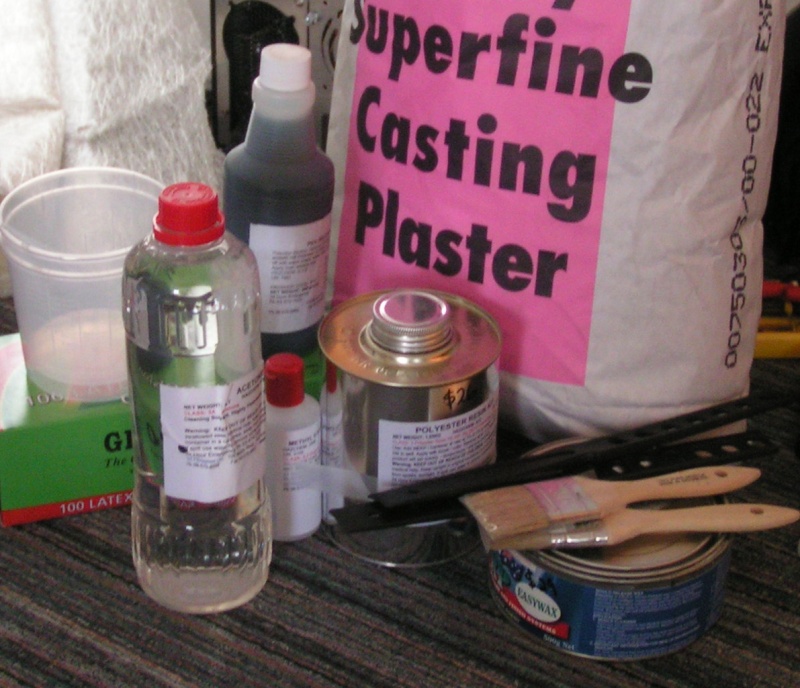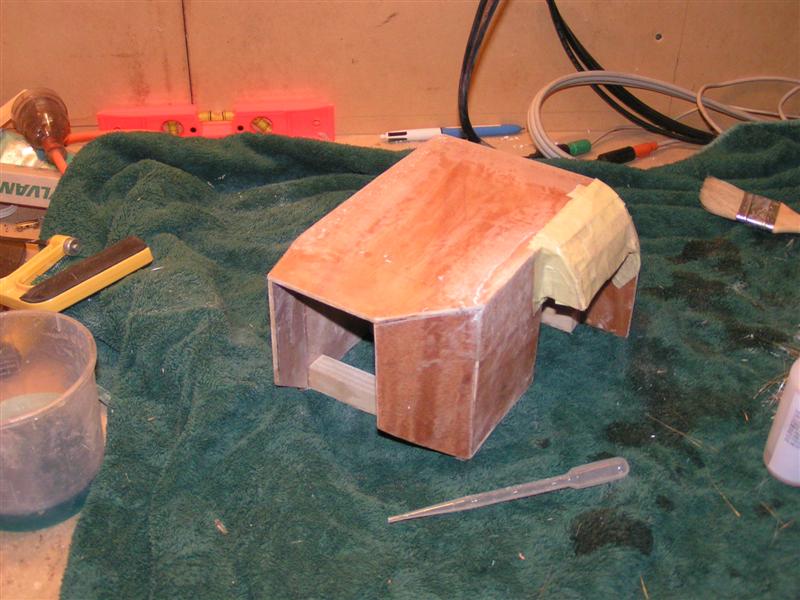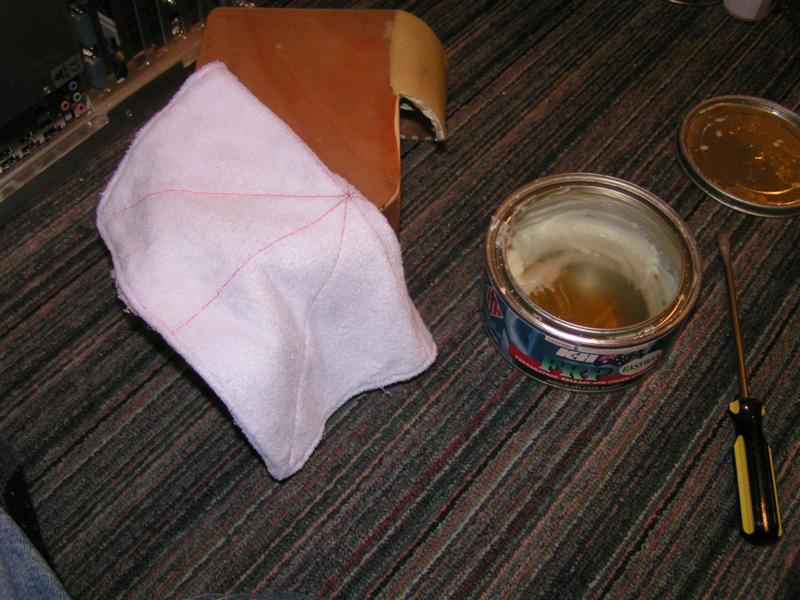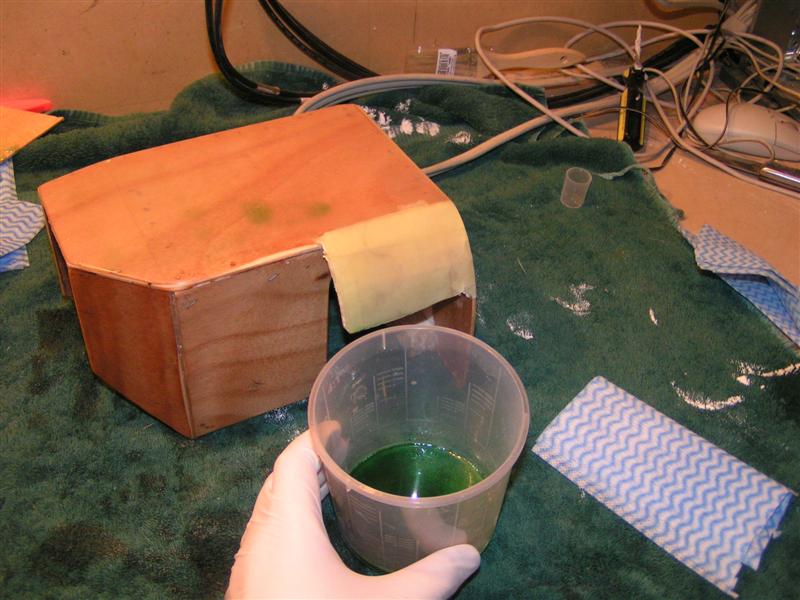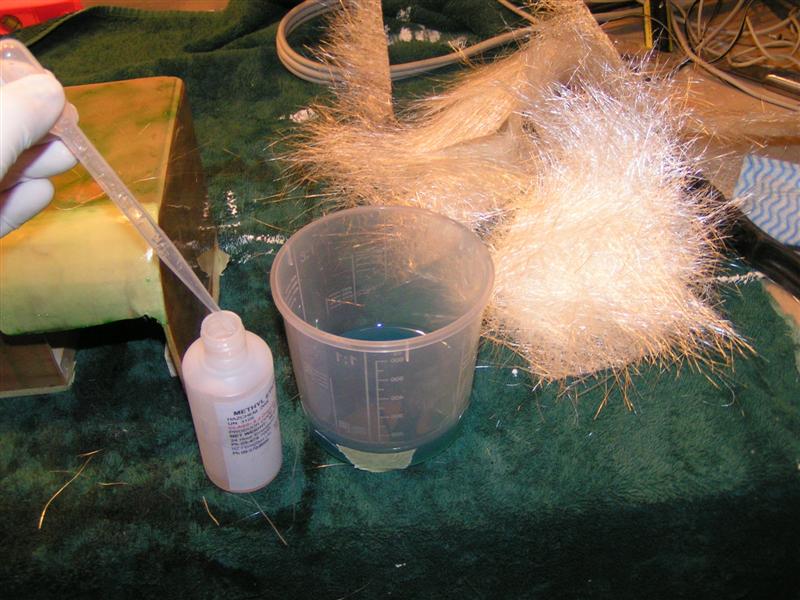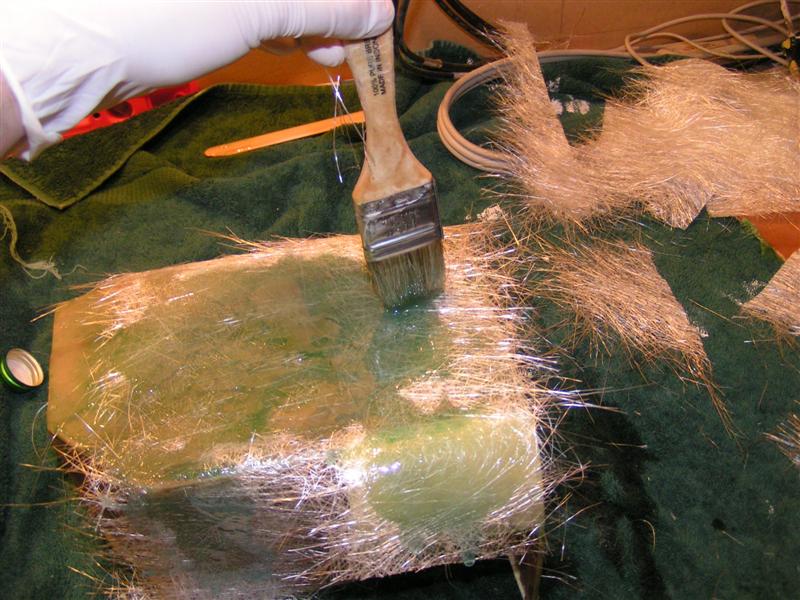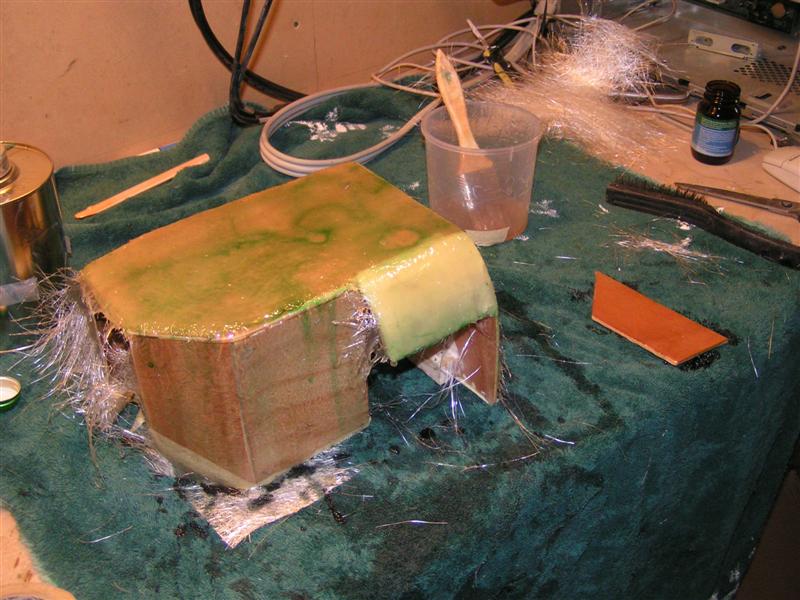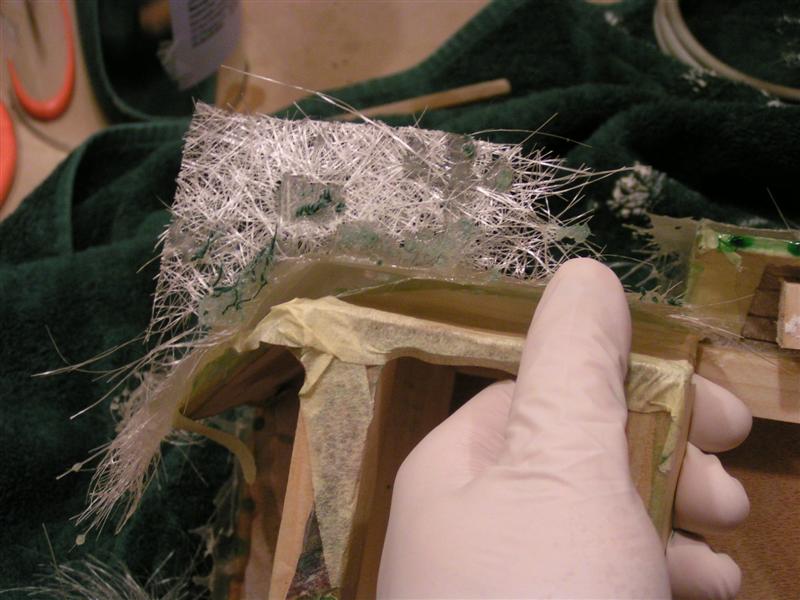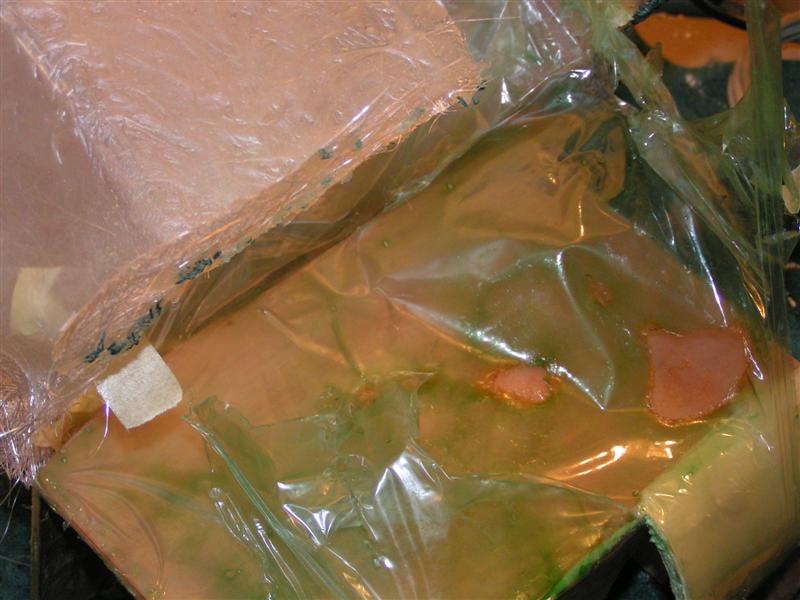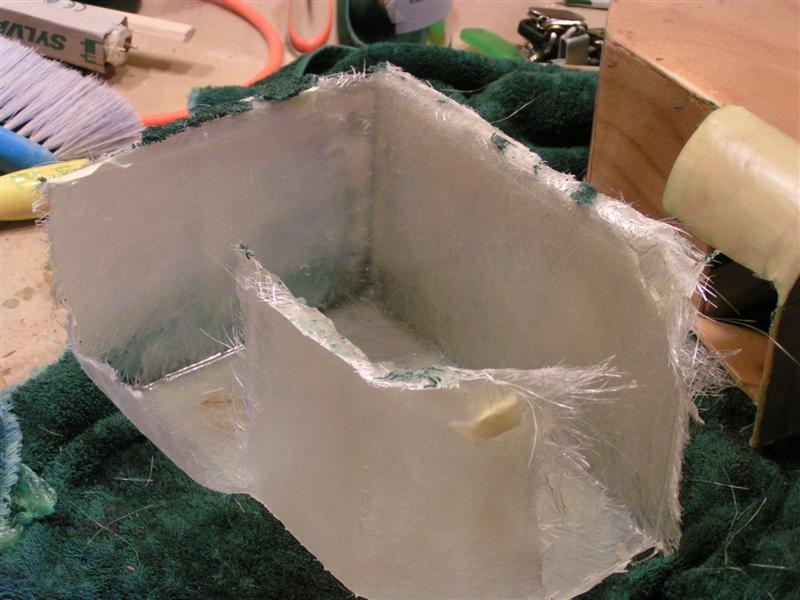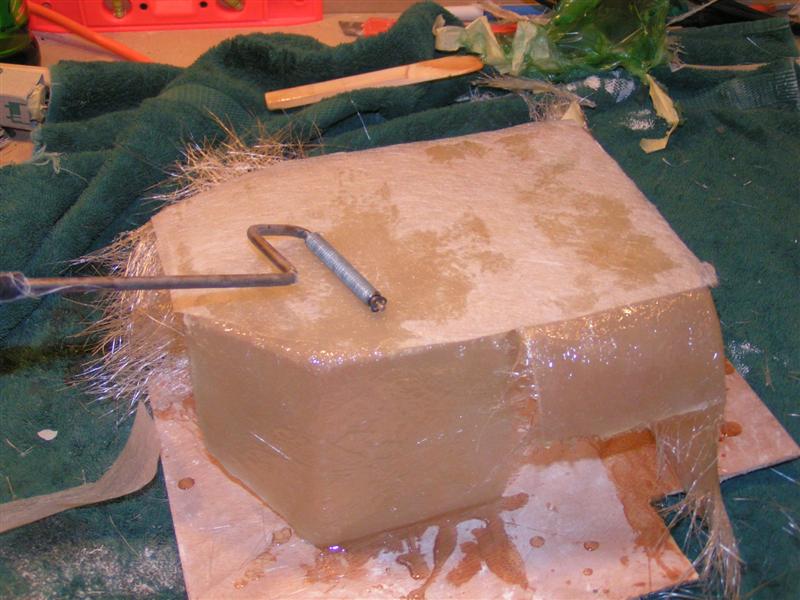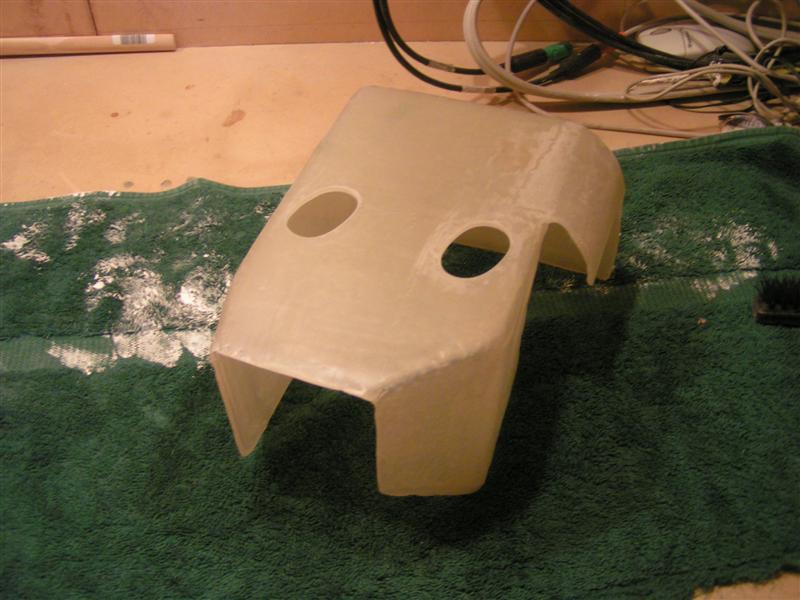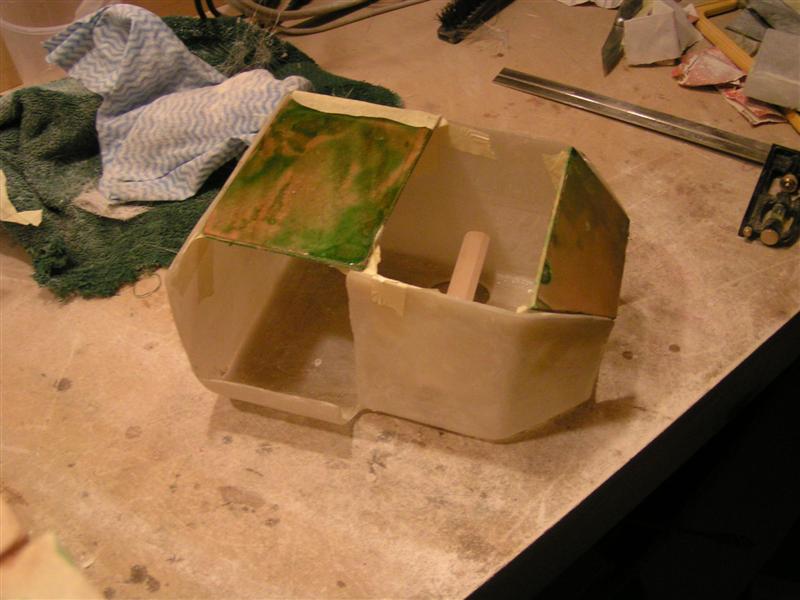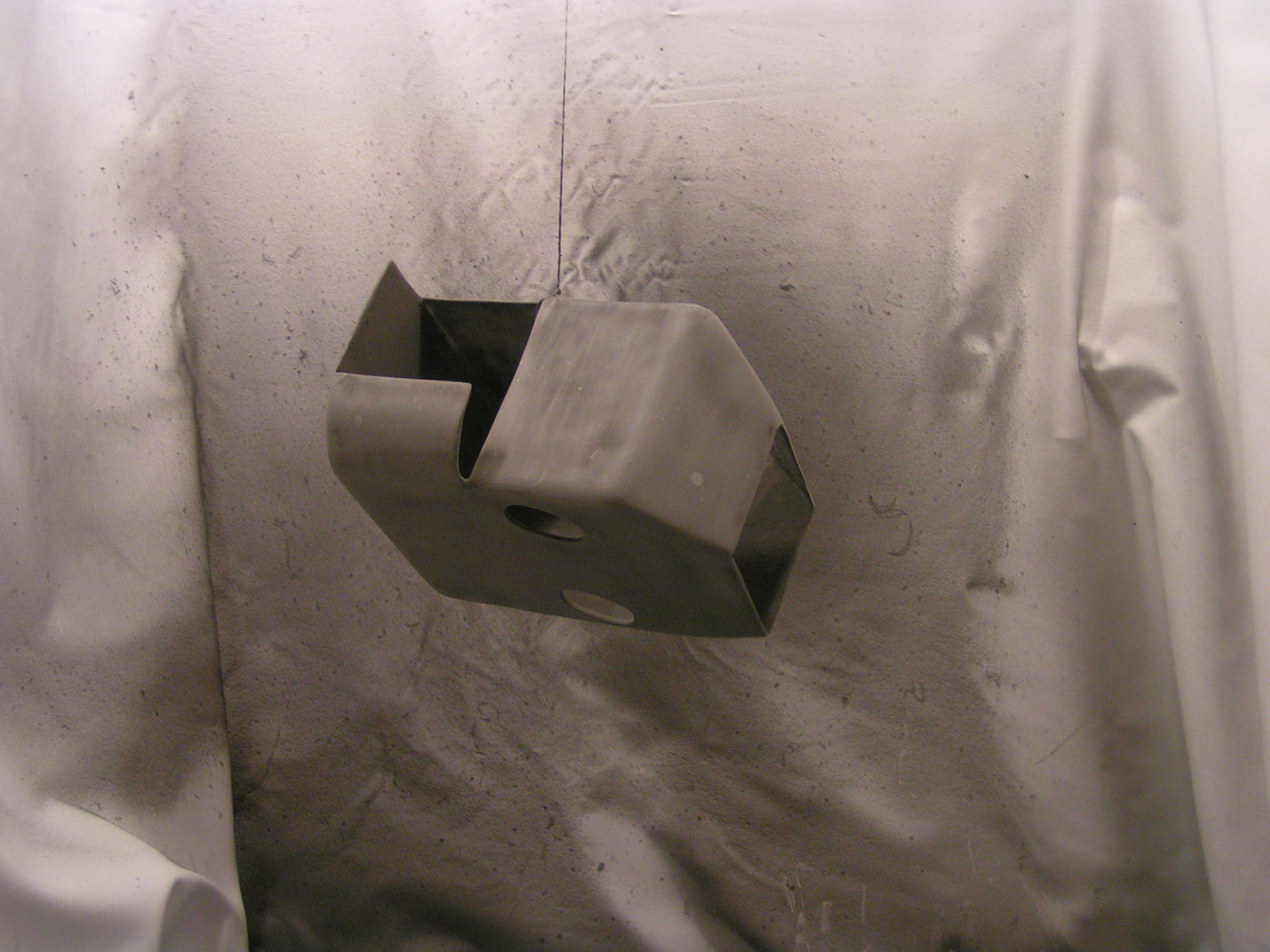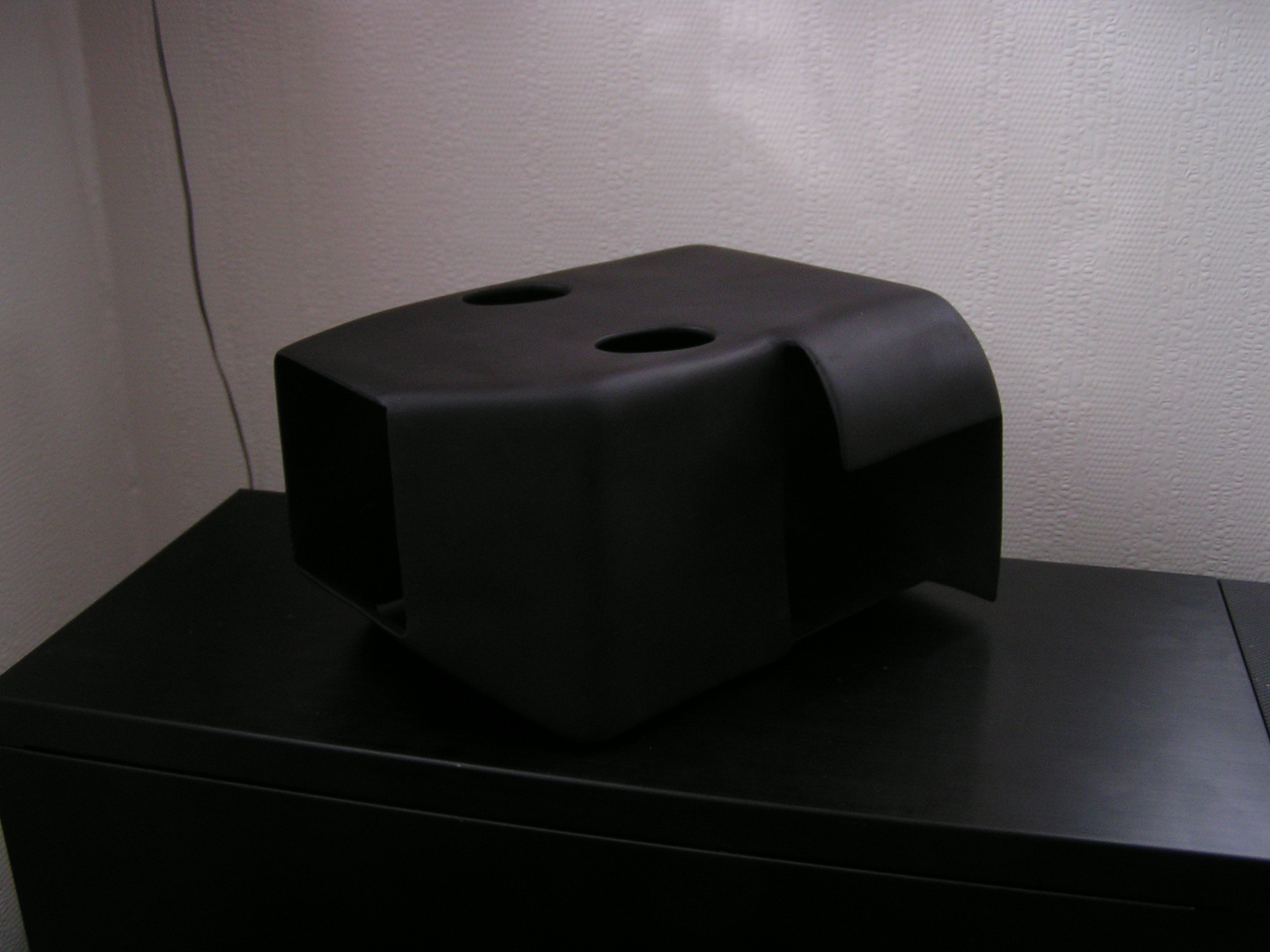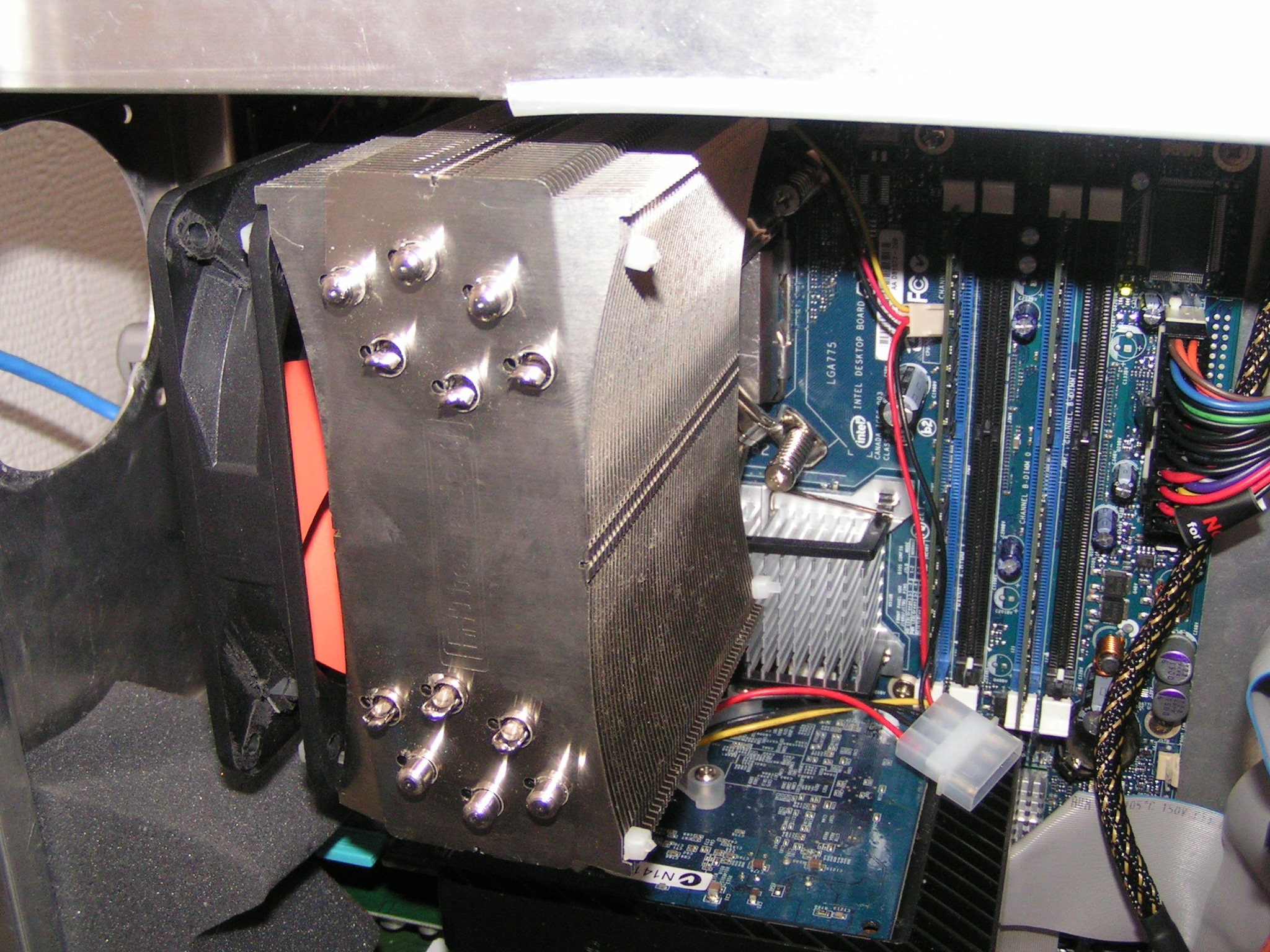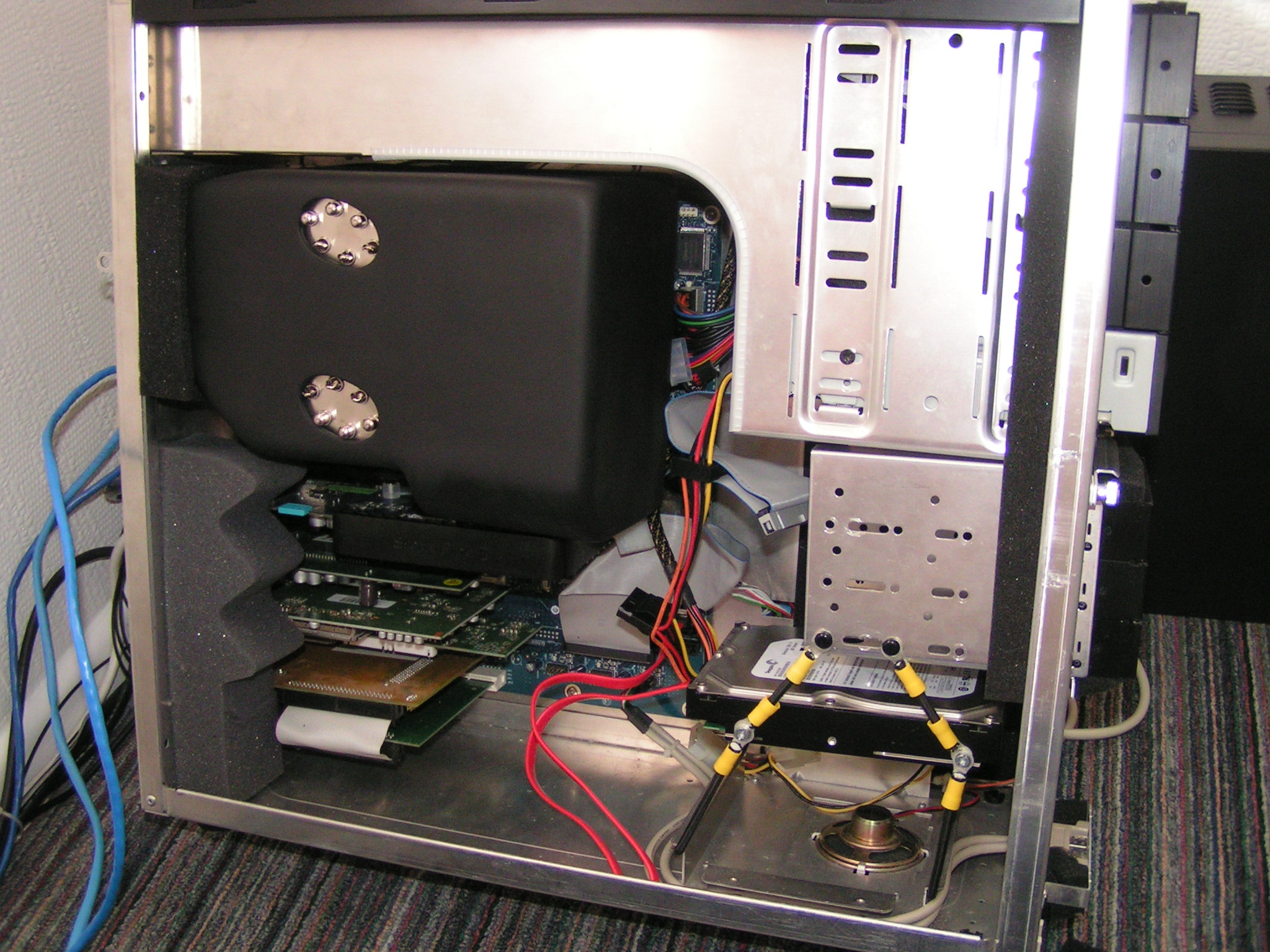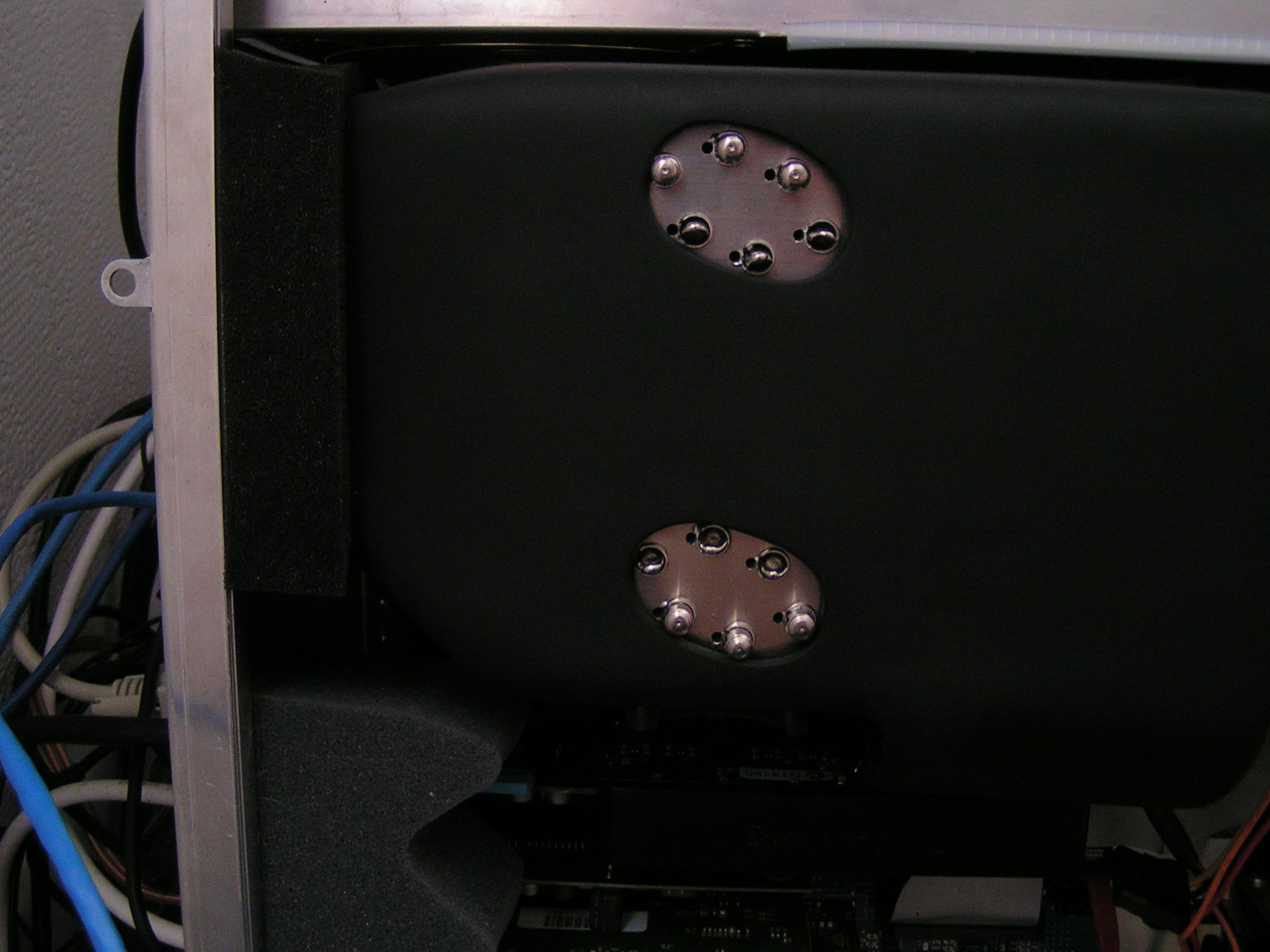Fibreglass CPU Duct for a Quiet Home Theatre PC
 New Zealand Freeview has just launched it’s high definition DVB-T TV service and my existing HTPC was nowhere near up to spec for decoding the high def streams. It was also too noisy for a computer that lives in the lounge so it was time for a rebuild. I was pretty excited; this is my first brand new PC in about 10 years the last one was a Pentium 120 when I was still at school! Of course I’ve had plenty of second-hand and hand-me-down gear between then and now.
New Zealand Freeview has just launched it’s high definition DVB-T TV service and my existing HTPC was nowhere near up to spec for decoding the high def streams. It was also too noisy for a computer that lives in the lounge so it was time for a rebuild. I was pretty excited; this is my first brand new PC in about 10 years the last one was a Pentium 120 when I was still at school! Of course I’ve had plenty of second-hand and hand-me-down gear between then and now.
The two main requirements for the new build were enough power to decode high definition video and quiet enough not to drive me crazy. Quiet means efficient cooling, I.e. good air flow.
I wanted to run the fan at very low RPM while maintaining good air flow across the CPU and video card; the idea is to pull air past the passively cooled video card, though the CPU heat sink and vent it straight out the back of the case.
I could have hacked a duct together with cardboard and tape but that would been just too easy, besides I wanted to try my hand at some fibre-glassing. After much research, trial and error Here are the basic steps I went though.
Materials
Fibre glass bare essentials can be had for about NZ$50
- Polyester resin
- Methyl ethyl ketone peroxide (MEKP – The catalyst used to harden the resin)
- Fibre glass re-enforcing Chopped strand Matt (CSM)
- Polyvinyl alcohol release agent (Used so you can separate your part from the mold)
- Release wax
- Acetone (For cleaning up)
- Cheap bushes
- Mixing containers
- Latex gloves. (Keep the nasty chemicals from burning your skin, Box of 100 – you have to change them often)
- Stirling sticks
- Respirator mask
- Casting plaster to make the mold (Not used in the end. See trial and error!)
- Wood, plywood, tape, misc tools, sandpaper, etc etc
Thanks goes to NZ Fibreglass. They were very helpful; they sell in small and large quantities and took me though exactly what I needed to get started so if your in Auckland and need fibreglass gear it’s the only place to go check them out at:
http://www.nzfibreglass.co.nz/
1. Make a mold from wood (and masking tape!).
2. Coat the mold with resin and some fibreglass re-enforcing where strength and shape is needed, around the corners and over the masking tape.
3. Sand the resin coated mold very smooth
4. Wax the mold with release wax; about 6 coats, till it’s very shiny.
The guy at the fibreglass shop was very kind and gave me the last of a tin of wax they had in their workshop; saving $30
5. Brush on polyvinyl alcohol release agent. This stuff is great, it forms a sort of plastic bag-like skin so you can release from the mold. It should really be sprayed on evenly with a proper spraygun but this will have to do.
6. Now ready for the first layer of fibreglass. Mix up the polyester resin with the hardener. Soak the resin into the glass with a dabbing action too much brushing and the fibres will start to be dragged around with the brush. The glass should be saturated and become transparent.
The first layer is done!
7.Now the moment of truth; separate the part from the mold?
Note the PVA film has formed a barrier between the resin and the mold.
At this point I’m wondering if the wax was really necessary.
The part released reasonably cleanly
8.Add more re-enforcing and a top coat of very thin glass tissue. (My homemade roller helps get out air bubbles)
9. Clean-up (sand), add holes for top of heat sink
10. Add bottom sections
11. Lots of sanding to get it nice and smooth and ready for painting
12. Into the “spray booth”….
…Prime and paint
13. Done!
Full System Specs
- Motherboard: Intel DP35DP Media series
- CPU: Core2Duo E8400 3.0Ghz 45nm
- RAM: 4GB Crucial
- Video: Passively cooled Nvidia 8600GT (Gigabyte SilentPipe II)
- Hard drive: Seagate 320GB SATA
- Power supply: Enermax liberty 400(watt)
- Case: Lian li PC61 (Big thanks to Chris for this very nice all aluminium case)
- CPU Heatsink: Thermalright Ultra 120 Extreme
- CPU Fan: Yate Loon D12SL-12 (700RPM @5 volts)
- TV Cards:
- Satellite (DVB-S)
- Technisat SkyStar 2 (PCI)
- Technotrend S1500+CI Module (PCI)
- Terrestrial (DVB-T)
- Hauppauge HVR-2200 Hybrid Dual Turner (PCIe)
- Analog
- Hauppauge PVR-150 (PCI)
- Hauppauge HVR-2200 Hybrid Dual Tuner (PCIe)
- Satellite (DVB-S)
